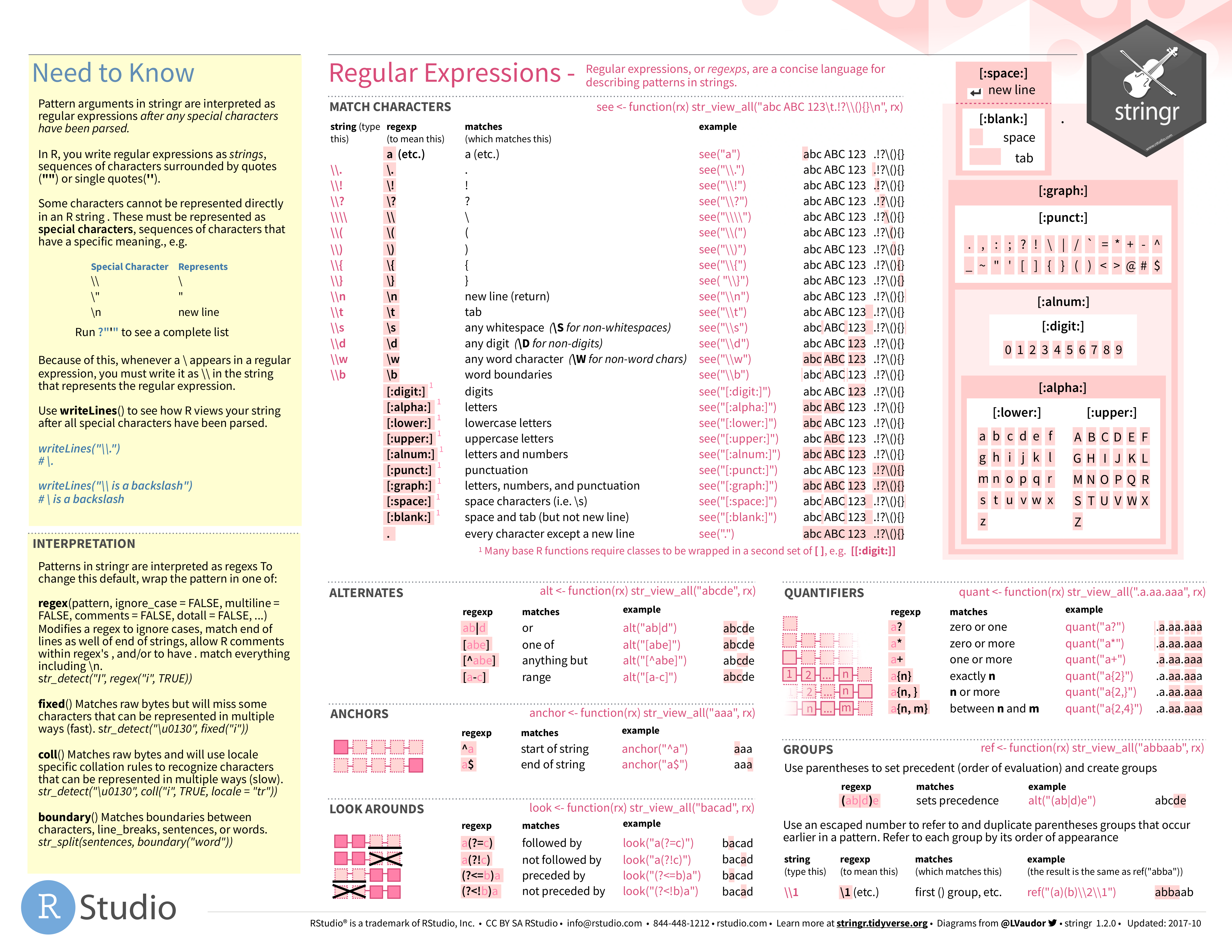yth_filter returns an xts object containing user defined combinations of the original, trend, cycle, and random walk series.

CISSP Cheat Sheet - Free download as Excel Spreadsheet (.xls), PDF File (.pdf), Text File (.txt) or read online for free. A precursor to the XTS-400. A univariate xts object of any zoo index class, such as Date, yearmon, or yearqtr. For converting objects of type timeSeries, ts, irts, fts, matrix, data.frame or zoo, please read as.xts. H: An integer, defining the lookahead period. Defaults to h = 8. The default assumes economic data of quarterly periodicity with a lookahead period of 2 years. LF digital platform. ORDER MANAGEMENT. R xts Cheat Sheet. R For Data Science Cheat Sheet xts Learn R for data science Interactively at www.DataCamp.com Export xts Objects Missing Values dataxts - as.xts(matrix) tmp - tempfile write.zoo(dataxts,sep=file=tmp) na.omit(xts5) xtslast - na.locf(xts2) Replace & Update xts eXtensible Time Series (xts) is a powerful package that provides an extensible time series class.
Arguments



Cryptographic Storage Cheat Sheet Introduction. This article provides a simple model to follow when implementing solutions to protect data at rest. Passwords should not be stored using reversible encryption - secure password hashing algorithms should be used instead. The Password Storage Cheat Sheet contains further guidance on storing passwords.
| x | A univariate |
|---|---|
| h | An |
| p | An |
| output | A |
| ... | other arguments passed to the function |
Value
An xts object defined by the output parameter.
Details
For time series of quarterly periodicity, Hamilton suggests parameters of h = 8 and p = 4, or an (AR(4)) process, additionally lagged by (8) lookahead periods. Econometricians may explore variations of h. However, p is designed to correspond with the seasonality of a given periodicity and should be matched accordingly. $$y_{t+h} = beta_0 + beta_1 y_t + beta_2 y_{t-1} + beta_3 y_{t-2} + beta_4 y_{t-3} + v_{t+h}$$ $$hat{v}_{t+h} = y_{t+h} - hat{beta}_0 + hat{beta}_1 y_t + hat{beta}_2 y_{t-1} + hat{beta}_3 y_{t-2} + hat{beta}_4 y_{t-3}$$ Which can be rewritten as: $$y_{t} = beta_0 + beta_1 y_{t-8} + beta_2 y_{t-9} + beta_3 y_{t-10} + beta_4 y_{t-11} + v_{t}$$ $$hat{v}_{t} = y_{t} - hat{beta}_0 + hat{beta}_1 y_{t-8} + hat{beta}_2 y_{t-9} + hat{beta}_3 y_{t-10} + hat{beta}_4 y_{t-11}$$
References
Xts Cheat Sheet Excel
James D. Hamilton. Why You Should Never Use the Hodrick-Prescott Filter. NBER Working Paper No. 23429, Issued in May 2017.
Xts Cheat Sheet Download
See also
Xts Cheat Sheet Template
Examples
